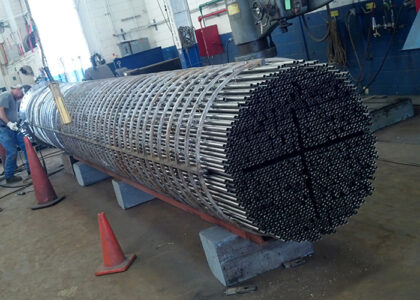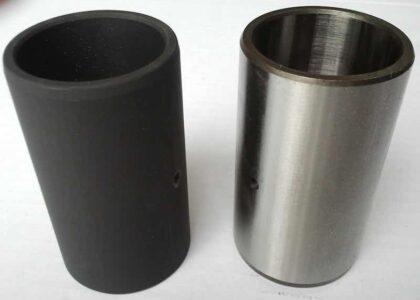Perforating rollers play a vital role in various industries by creating precise holes or patterns in sheet materials. These rollers find application in packaging, food processing, pharmaceutical, textiles, and various other sectors. The Perforating Roller Market is experiencing steady growth, driven by increasing demand for efficient and versatile perforation solutions.
The Current Landscape:
- Growth of Packaging Industry: The booming packaging industry demands perforating rollers to create tear-away openings, ventilation holes, and decorative patterns on packaging materials.
- Focus on Efficiency and Automation: Modern production lines prioritize efficiency and automation. Perforating rollers integrated with automated machinery contribute to faster production cycles.
- Increased Use in Food Processing: The food processing industry utilizes perforating rollers for tasks like creating drainage holes in baked goods or ventilation holes in packaging films for fresh produce.
- Diversification of Applications: Perforating rollers find application in diverse sectors beyond packaging and food processing, including pharmaceuticals (creating perforations for dosage units), textiles (creating ventilation holes), and filtration (perforating filter media).
- Demand for Customization: Manufacturers are increasingly offering customizable perforating rollers with specific hole patterns, diameters, and materials to cater to unique application needs.
Get Exclusive Sample Copy of the Report: https://www.futuremarketinsights.com/reports/sample/rep-gb-17595
Opportunities for Manufacturers:
Several lucrative opportunities await manufacturers in the perforating roller market:
- Product Development: Develop perforating rollers with improved durability, wear resistance, and the ability to perforate a wider variety of sheet materials.
- Focus on Automation: Design perforating rollers compatible with automated machinery and develop automated perforation systems for increased efficiency and reduced labor costs.
- Expand Your Material Options: Offer perforating rollers made from different materials like stainless steel, nickel-plated steel, and polyurethane to suit specific application requirements (e.g., corrosion resistance or food safety).
- Cater to Customization Needs: Develop flexible manufacturing processes to accommodate requests for custom perforation patterns and roller dimensions.
- Embrace Sustainability: Explore the use of eco-friendly materials and sustainable manufacturing practices in perforating roller production to appeal to environmentally conscious customers.
The Future Scope:
The perforating roller market holds exciting possibilities for the future:
-
- Rise of Smart Perforating Systems: The future may see the development of “smart” perforating systems with integrated sensors that monitor roller performance and adjust perforation parameters for optimal results.
- Laser Perforation Integration: Integration of laser perforation technologies with traditional perforating rollers could offer increased precision and the ability to create micro-perforations for specialized applications.
- Advanced Materials for Rollers: Development of advanced materials with improved wear resistance and self-cleaning properties can extend perforating roller lifespan and reduce maintenance costs.


